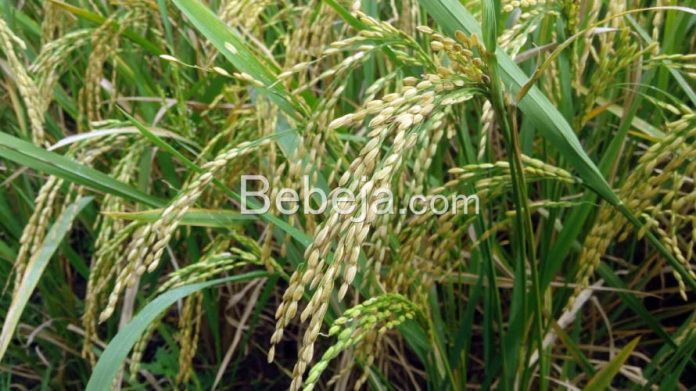Upland rice, also known as gogo rice, is a type of rice that is grown on dry land instead of paddy fields. It relies heavily on rainfall for its water source. The history of upland rice in Indonesia has been challenging. Farmers have underestimated it due to low productivity, typically yielding only 2-3 tonnes per hectare and inferior rice quality.
The most commonly planted upland rice variety (called pera) is not favored by consumers. However, upland rice cultivation has the potential to be an alternative for national food security, as many paddy fields have been converted into non-agricultural land.
Currently, there is a significant development in upland rice production. Several high-yielding upland rice varieties have been released, with average yields ranging from 4.5-6 tonnes per hectare. These varieties are not lacking in flavor compared to paddy rice, as they are fluffy and aromatic.
Various institutions, including universities and the Agricultural Research and Development Agency, have introduced superior upland rice varieties such as IPB G9, Unsoed Parimas, Inpago 12, Situ Patenggang, Situ Bagendit, Limboto, Rindang 1 Agritan, and Rindang 2 Agritan. The last two cultivars possess distinctive traits, notably shade tolerance and lodging resistance, and require about 113 days for cultivation. To achieve high upland rice production, intensive cultivation practices are necessary.
Prior to planting, the land needs to be plowed and supplemented with approximately 5 tonnes of manure per hectare. After a week, planting can commence with a spacing of 30 cm x 15 cm, with 3-5 rice seeds per planting hole. Around 11-12 days after planting, 200 kg of NPK fertilizer per hectare should be sprinkled. After 26-27 days, an additional 100 kg of NPK fertilizer per hectare should be applied.
When the upland rice plants reach 56 days of age, 100 kg per hectare of Urea fertilizer should be applied. Typically, upland rice is ready to be harvested when approximately 85% of the grains turn yellow, which occurs on average around 110-113 days.
